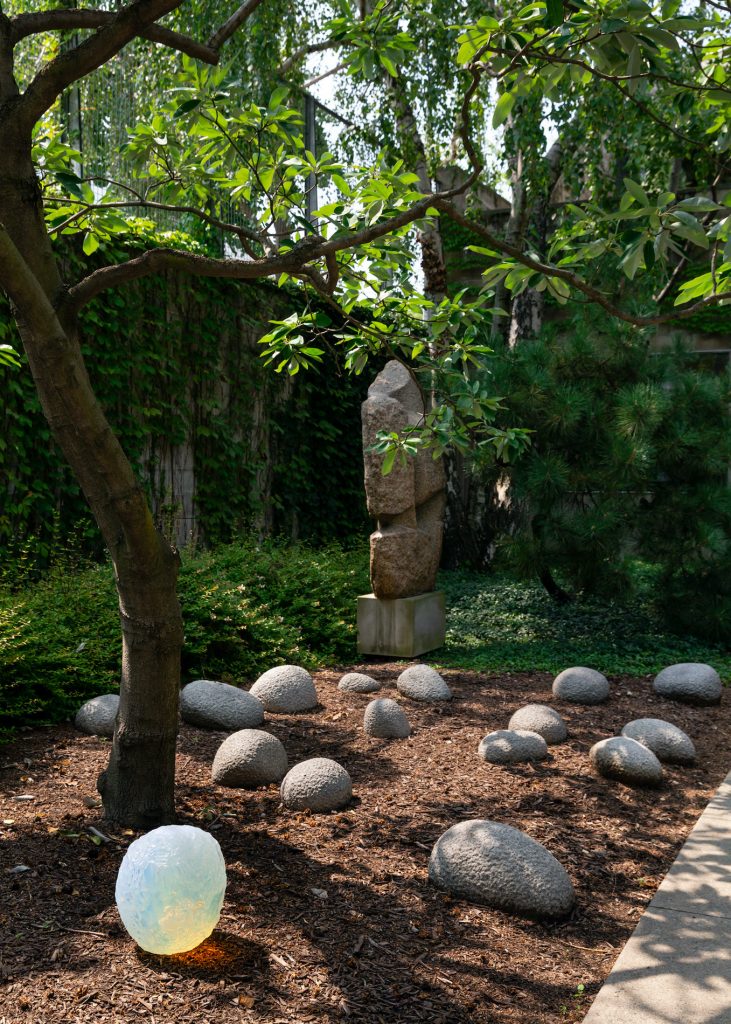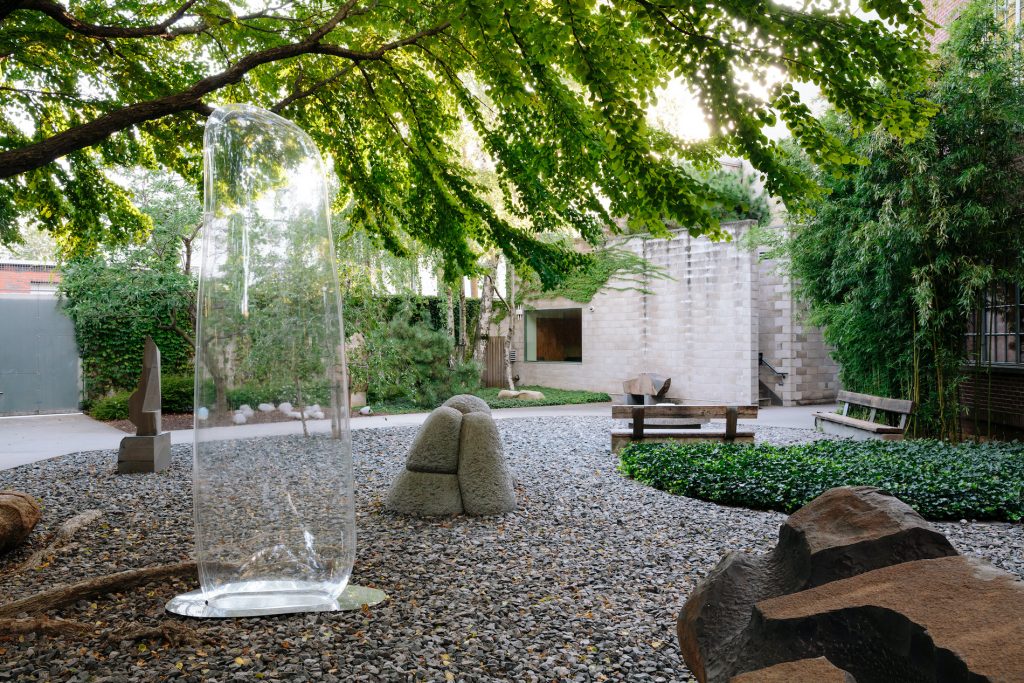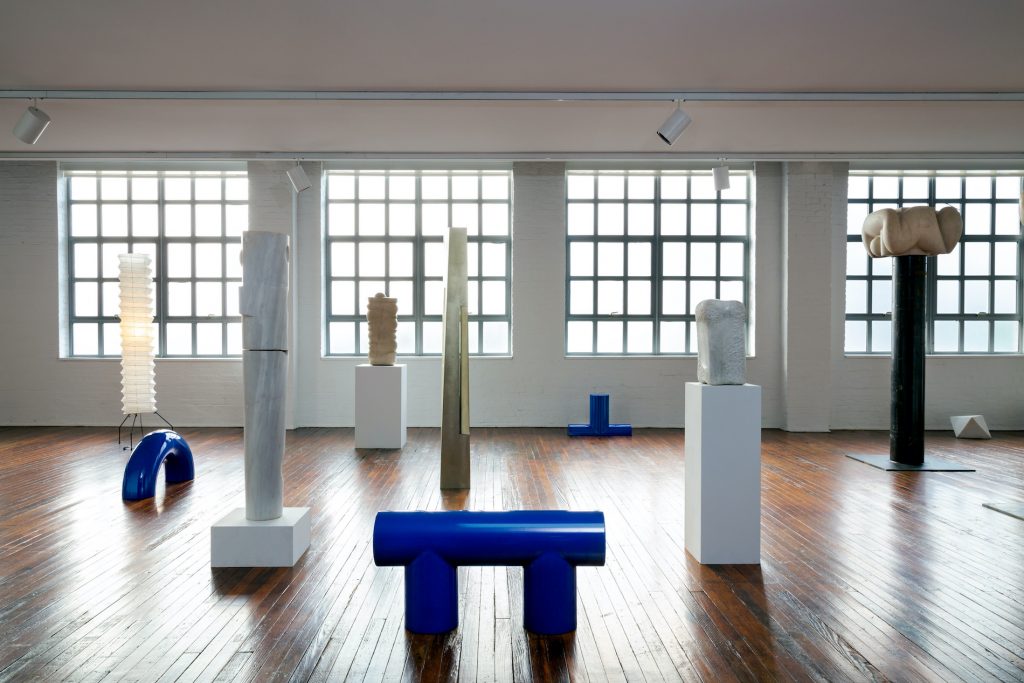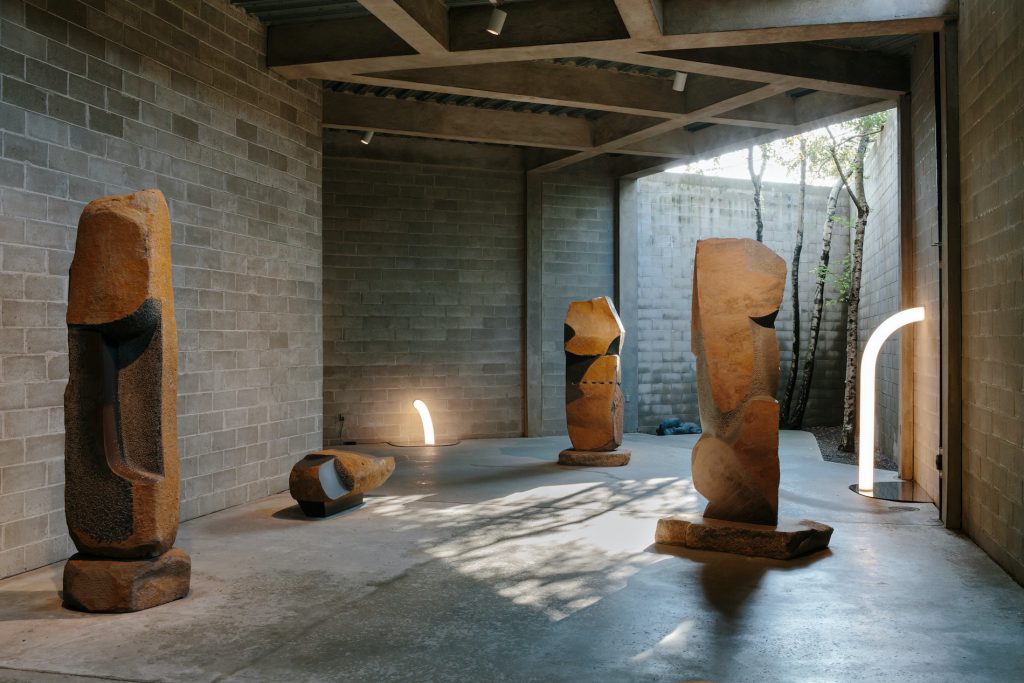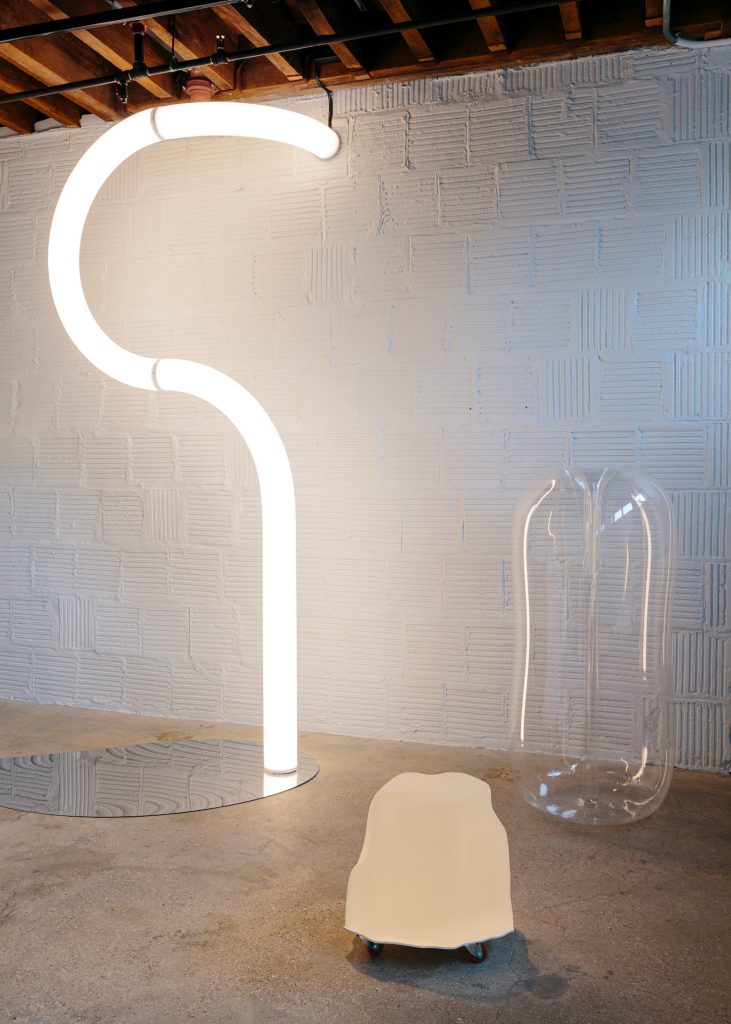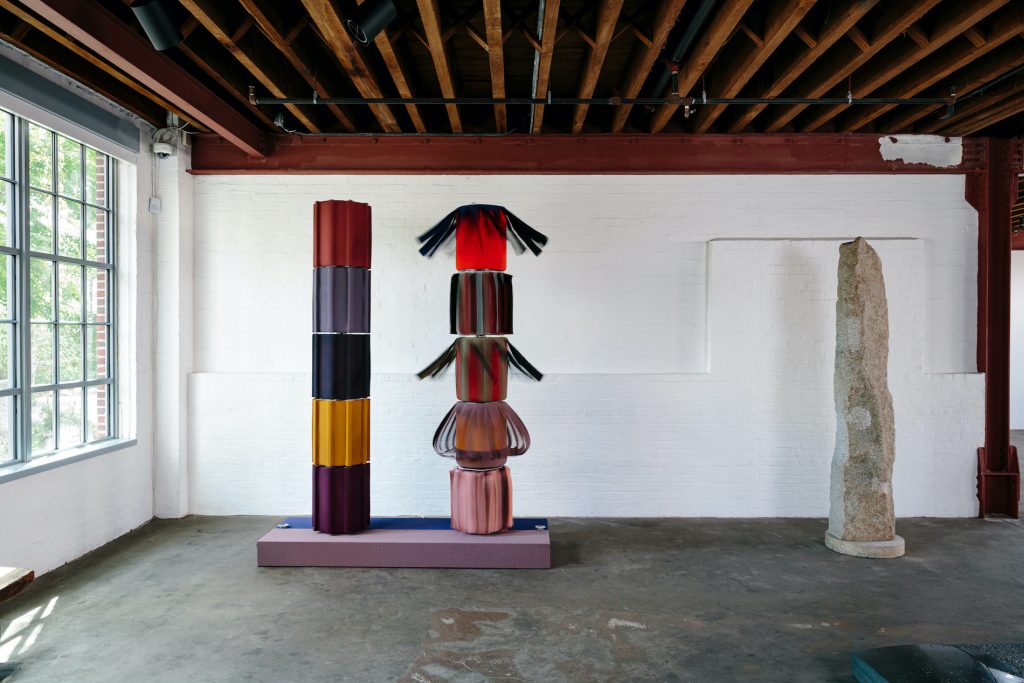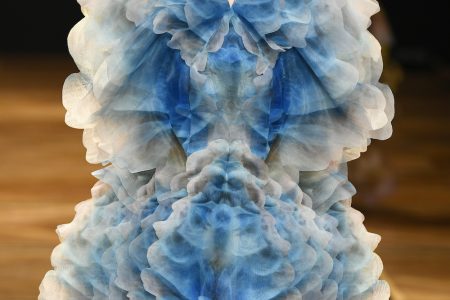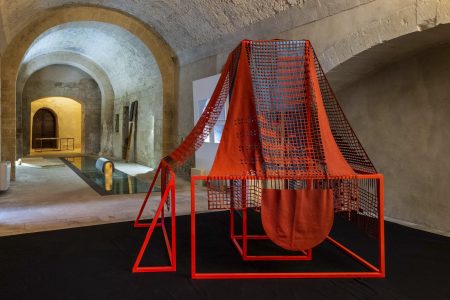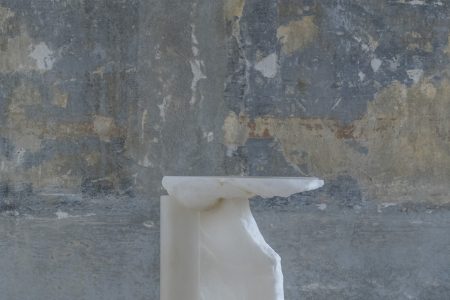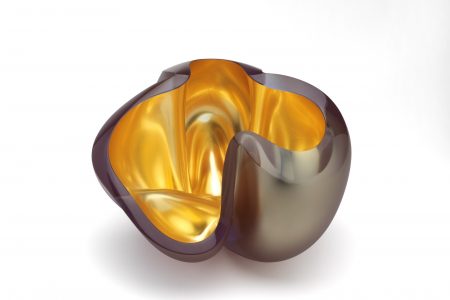Objects of Common Interest: meeting Noguchi
TLmag speaks to Eleni Petaloti & Leonidas Trampouki from Objects of Common Interest about their new show at the Isamu Noguchi Foundation and Garden Museum.
The Isamu Noguchi Foundation and Garden Museum presents a collaboration with studio Objects of Common Interest (OOCI). The Greece- and New York-based studio consists of Eleni Petaloti and Leonidas Trampouki and takes an intuitive approach to object and space making inspired by ‘moments of unfamiliar simplicity’. OOCI is set up within The Noguchi Museum’s garden and first-floor permanent installation. TLmag speaks to the studio to discuss its practice and current show at the Isamu Noguchi Foundation and Garden Museum.
TLmag: You’ve started with Objects of Common Interest in 2015, how would you describe your group and how has your practice evolved since starting?
OOCI: We are trained architects who have worked in architecture, and are still working in architecture with LOT office for architecture. However, out of a need for experimentation and the need to materialize ideas in a smaller scale we formed a second studio OOCI. We are the same people operating but under a different identity that lets us reinvent and consider the way we think and the things we make. Overall we would describe OOCI as a concept-driven studio. We do many different things, of various aesthetics and scales channeled by ideas, materiality, concepts not particularly fixed with something specific. We do have underlying ideas that appear and disappear in our work but are subtle, not imposed, and not repetitive.
We have evolved by diversifying the topics we work on, bringing in anything that interests us, and still works around a common throughout all projects and scales. At the moment we have the show at the Noguchi Museum, we are opening our fabrication studio for casting resin in Athens, publishing a book about Noguchi and Greece together with the museum and Atelier Editions, designing furniture design companies, and LOT office for architecture. So evolution became diversification, rather than specialization.
TLmag: How would you describe the narrative of the show ‘Objects of Common Interest: Hard, Soft, and All Lit Up with Nowhere to Go’?
OOCI: The exhibition involves many of our works from the past few years, so it is the first time we see them altogether combined. It ìs a narrative, not a design show. The narrative is not about our work but about Noguchi and how his work is perceived through another lens, that of a contemporary designer whose way of thinking and creating fits alongside Noguchi’s mindset. So we do not necessarily follow Noguchi’s aesthetic or production, it’s more about being within the spherical realm of his multidisciplinary idea. We have installed objects across the whole museum spaces, juxtaposed with Noguchi sculptures, in the galleries the covered area and the garden, also incorporated within the museum’s temporary exhibition entitled “Useless Architecture”
TLmag: The show is contextualized by the Noguchi Museum, Noguchi once boldly stated ‘I am not a designer’, is this a statement you find back in your practice?
OOCI: We are not trained designers, but trained architects who do design. So, just like Noguchi stated, what we are doing is not (necessarily) within the scope of design. Yes, we do design pieces, furniture, objects, practical stuff, but we are not driven by this, to begin with. We are driven with ideas and concepts as Noguchi’s statement. We do believe some of our work is between realm and disciplines, and scales of those. Working outside of labels, as Noguchi also claimed, there is the freedom of creativity that can lead to various different things.
TLmag: Once, Noguchi mentioned ”all my work, tables as well as sculptures, are conceived as fundamental problems of form that would best express human and aesthetic activity involved with these objects.” . Could you elaborate on the use of the word ‘problems” and how you involve this in your work?
OOCI: In architecture, a project begins with the ‘problems’ that you try to solve. In product design, the problems are practicality, economy, logistics alongside form and aesthetics. In all ‘the in-between realms’ we like to be involved with, nothing and everything is a problem at the same time. The word ‘exercise’ might be a better fit than the term ‘problem’, since there is not really a problem, to begin with. We believe Noguchi operated in a similar way, being primarily driven as a sculptor and creator.
The Noguchi Museum’s garden and first-floor permanent installation from September 15, 2021, through February 13, 2022.
Photo credit: Photo: Brian W. Ferry Artworks © Objects of Common Interest and © The Isamu Noguchi Foundation and Garden Museum / Artists Rights Society
